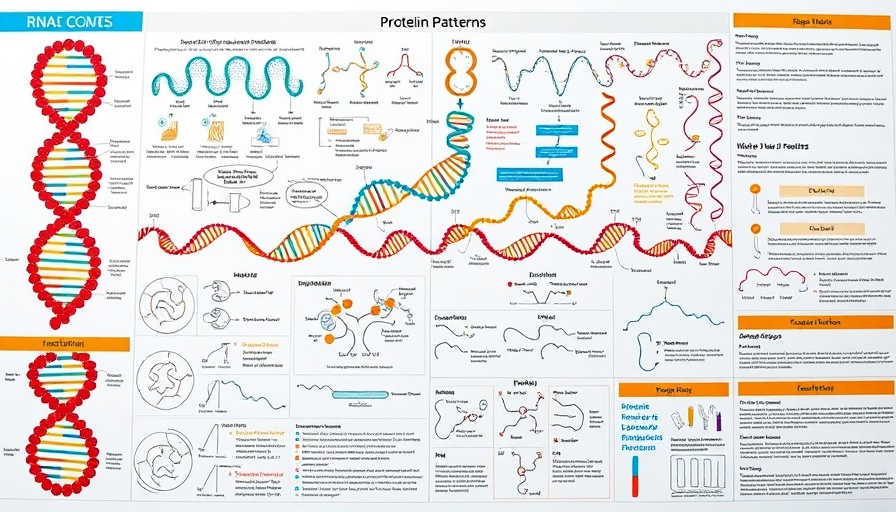
Unlocking the Mysteries of the Living Brain
Recent findings from the Living Brain Project at Mount Sinai are reshaping our understanding of brain biology. For years, researchers have relied on postmortem brain samples to study neurological conditions like schizophrenia and Alzheimer's disease. However, this practice may have limited our insights, as research now shows that living brain tissue exhibits unique RNA and protein patterns not observed in deceased samples.
Why Study Living Brain Tissue?
Historically, scientists assumed that molecular measurements in postmortem samples adequately represented living brain function. The Living Brain Project aimed to rigorously challenge this assumption, discovering that more than 60% of proteins and a remarkable 95% of RNA types showed significant differences in expression between living and postmortem brain tissue. These findings highlight the vital importance of studying the human brain while it's alive to gain accurate insights into its workings.
The Significance of RNA and Protein Differences
RNA splicing and protein expression are critical to understanding how our brains function on a molecular level. The Living Brain Project's findings reveal that the processes of RNA splicing and intron usage are significantly different in living brains compared to those collected after death. For instance, during deep brain stimulation surgery, biopsies from live patients provided invaluable data, demonstrating inconsistencies in the gene expression signatures we previously relied on.
Future Implications for Neuroscience
As the project progresses, the goal is to build living brain tissue biobanks. These collections would revolutionize neuroscience research, allowing for real-time examination of the brain's architecture in relation to mood, cognitive tasks, and treatment responses. With more than 10 million people undergoing neurosurgery each year worldwide, even modest-scale tissue collection can significantly enhance our understanding of brain health and disease.
Revisiting Our Research Methods
The evidence presented by the Living Brain Project calls for a paradigm shift in how we approach brain research. Scientists must now take the findings into account, developing more innovative techniques that prioritize living brain samples. This sends a message to the scientific community: while postmortem samples have their place, they may pale compared to the insights we stand to gain from living samples.
Emotional and Societal Connections
Understanding the multifaceted nature of brain health extends beyond academia — it touches lives daily. For patients living with brain disorders, more accurate research could lead to more effective treatments and improved quality of life. As we deepen our understanding of the living human brain, we also advance the discussions around mental health and wellness. The implications of these findings are far-reaching, highlighting the urgent need for a focus on living tissue studies to foster new community health and wellness solutions.
Looking Ahead
As scientists at Mount Sinai press on with their groundbreaking project, the potential for breakthroughs in understanding complex neurological conditions grows. With a clearer view of how living brains function, researchers may find new pathways for intervention and therapy, paving the way for enhanced health solutions that resonate throughout communities. These advancements promise to not only transform healthcare practices but also inspire initiatives aimed at improving overall health and wellness in society.
 Add Element
Add Element  Add Row
Add Row 




Write A Comment